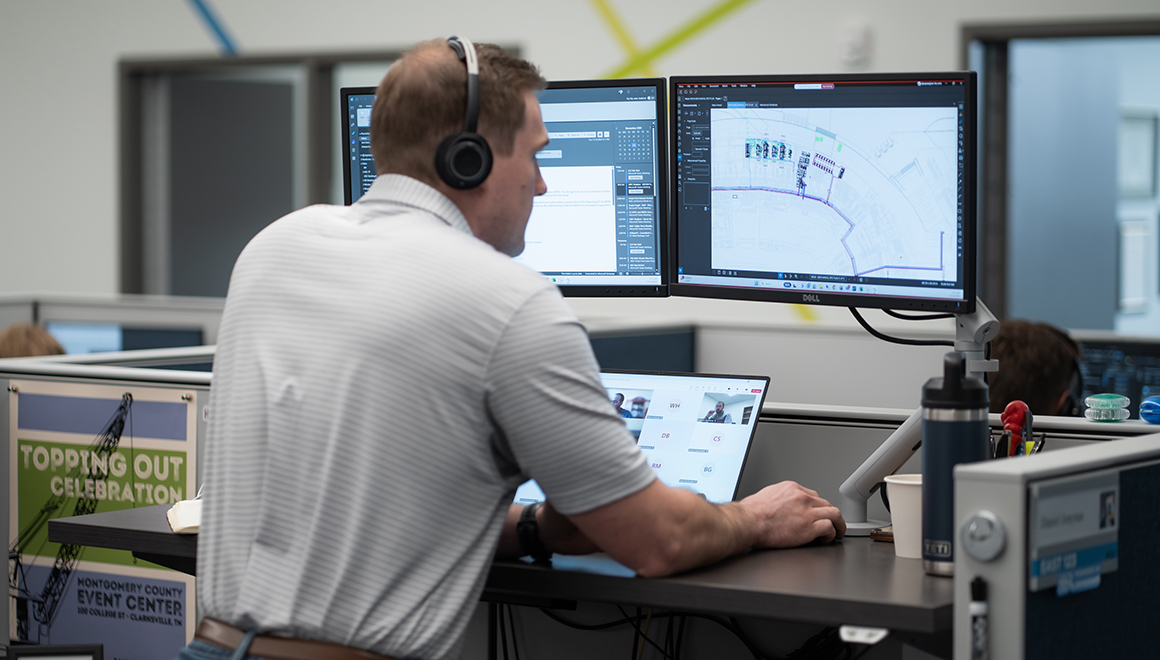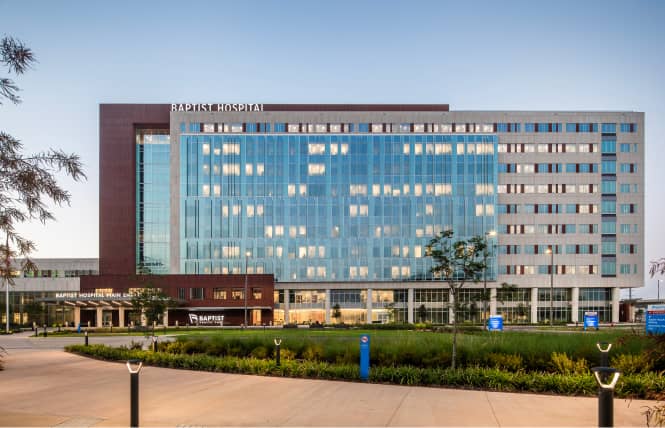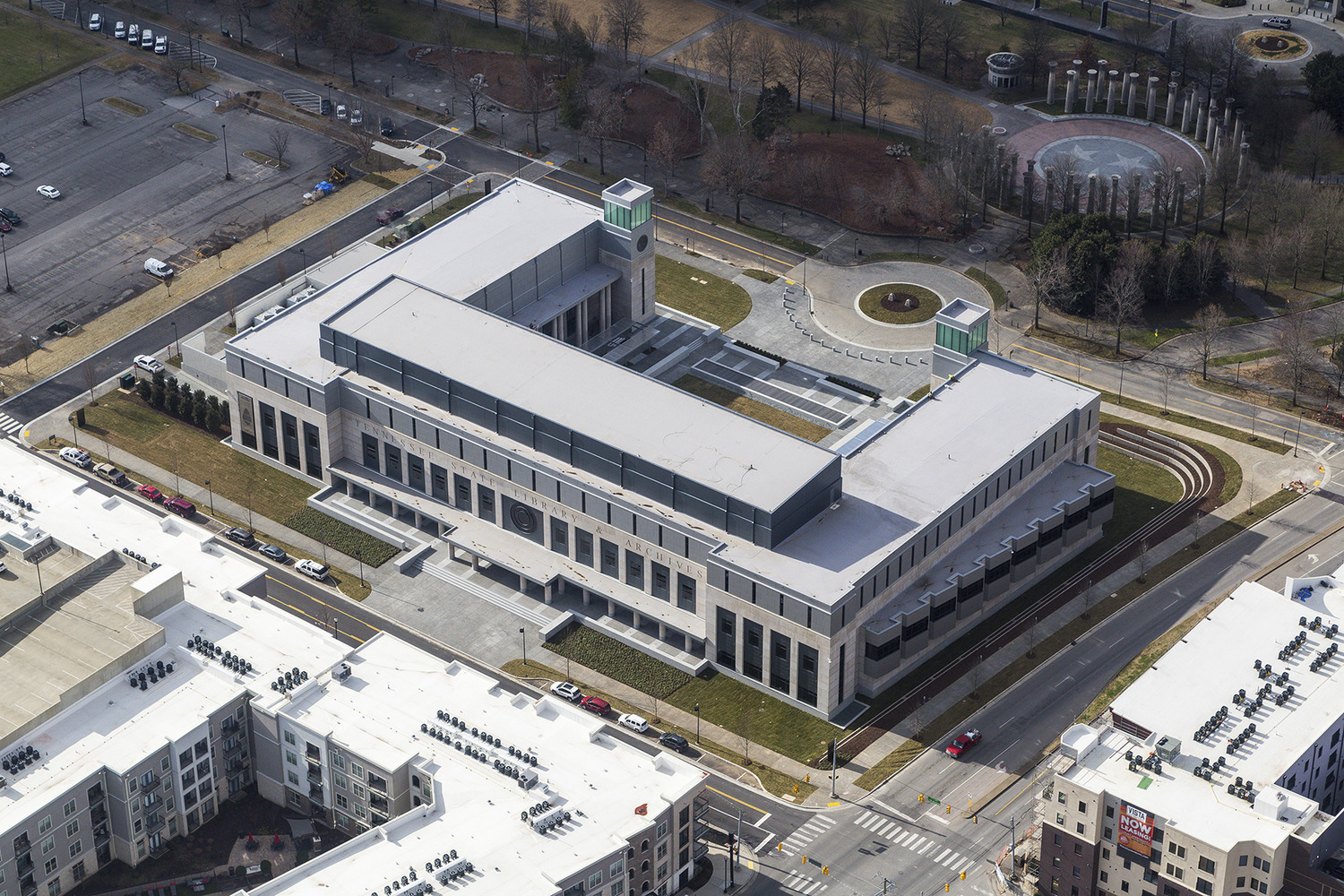A 100-year facility built with a highly durable and lasting design to host the State’s most prized artifacts.
A new structure designed to stand for the next century, the State of Tennessee Library and Archives is home to the State’s most precious artifacts, including the State Constitution. Not only does the structure protect priceless resources, but it also outwardly reflects the history and legacy of the area. We provided commissioning and building enclosure services to control the internal environment of the Library and Archives building and confirm the facility remains air-and water-tight.
The new State Library and Archives Building was designed as a 100-year building with an exterior that reflects the history and characteristics of the State. Limestone was used to create a facade that is both durable and representative of the materials commonly found in the area. Additionally, the large windows prominently placed all around the building are strategically covered with sunshades that feature unique motifs of native flora and fauna, a design that both protects the materials within and outwardly represents the State.
In consideration of the precious items stored here, the building interior follows strict temperature, humidity, and lighting controls. We tested the interior systems and equipment as well as the building envelope to confirm the building operated as designed with no danger of water or air leakage. We also tested the impact of the new technology that assists building staff, including an advanced robotic retrieval system that safely collects artifacts from within storage. A hygrothermal analysis within the walls confirmed the area around this advanced system was not subject to heat or moisture issues.
The State Library and Archives Building is free and open to the public, located on the prominent Bicentennial Mall adjacent to downtown Nashville. To accommodate visitors, we tested the noise and vibration parameters in both high occupancy and document storage spaces. To make sure the internal climate remained conducive to both public and storage use, we confirmed mechanical systems functioned as designed and maintained space requirements. We also verified the communication between the wireless lighting control system and the building automation system to optimize the use of occupancy sensors and devices and not duplicate controls.
Our role in this project proved invaluable during the construction phase when a tornado hit the site and damaged areas of the installation, cladding, roofing, and glass. We worked directly with the project owner to evaluate the condition of the building envelope, determine what could be salvaged, and assess solutions for required material replacement. Our extensive expertise in roofing and exterior systems enabled us to provide continued protection for the materials within.
As a Nashville-born firm, we take great pride in supporting the State of Tennessee in the development of buildings that protect its legacy and history. Our diligence in the commissioning of both internal and external systems naturally equipped us to work on a project with highly sensitive conditions and protect the treasures of the State for many years.



